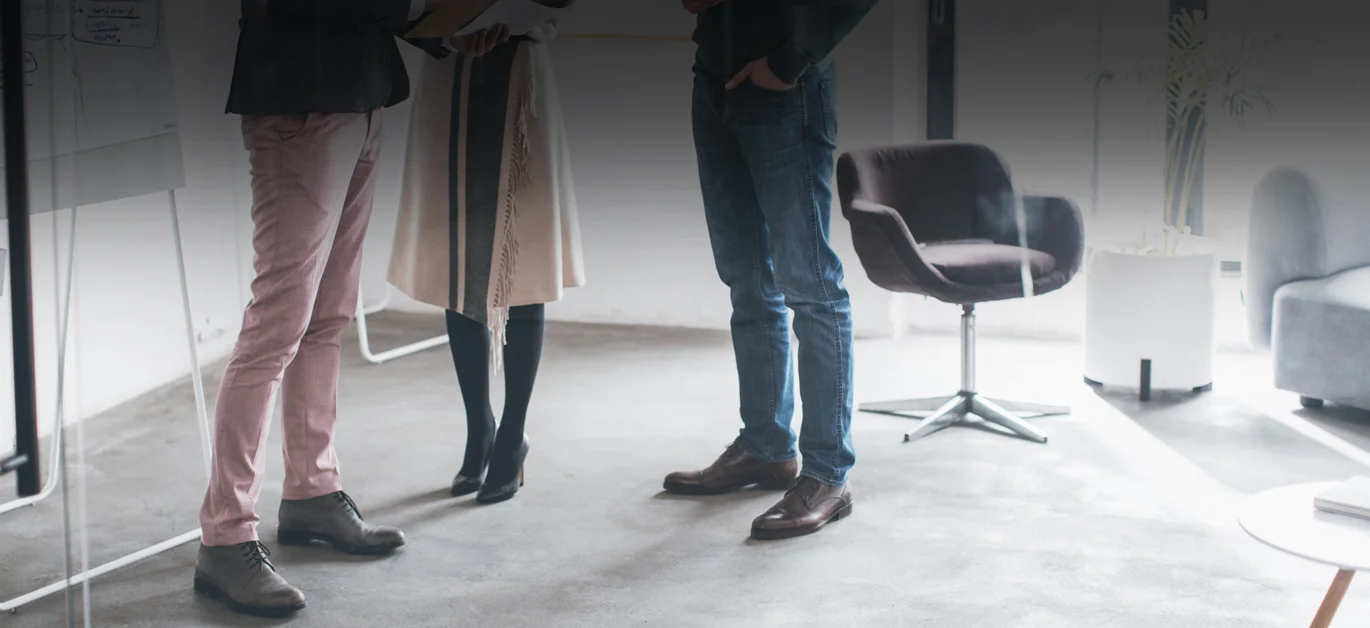
BLOG
How to Reduce Anxiety with Breathing - Short and Long Term Solutions
Photo by Bartochette on Unsplash
We're often told to breathe to reduce stress but did you know?…
How you breathe can either help or hinder your progress. The nervous system is soothed by one type of breath - a breath that is low and slow - and agitated by a different type of breath - breath that is fast, shallow and high in the ribcage.
When you feel anxious the breath naturally speeds up and it typically rises up in the chest. Prolonged anxiety can create a physical pattern of tightness in the ribcage as the body repeats this shallow breathing. Shallow anxiety breath becomes the norm. And as shallow breathing increases so does the anxiety.
It’s a chicken and egg scenario:
You feel anxious and therefore the breath is shallow OR
the breath is shallow and therefore you feel anxious.
In either case, shallow breathing does not help.
To reduce anxiety in the short term and for instant stress relief, breathe slowly and lower in your abdomen. You can use a simple 4-count breath or just practice exhaling for longer than you normally would.
To take this a step further, deliberately pay attention to the weight of your body on your chair. Allow yourself to relax more into your chair as you breathe. You can use gravity and the sensation of relaxing down as a practice whenever you notice self-doubt or the inner critic popping up. Since the breath moves upward with anxiety, consciously drawing your attention downward helps counter the pattern.
For immediate and short-term relief for anxiety, remember: breathe low and slow.
If you find yourself feeling continually anxious for no apparent reason or if you find that your anxiety level does not match the severity of the incident that triggered it, you’ll greatly benefit from a more permanent and long-term solution. To gain long-term relief you need to change the mechanics of how you breathe and you do this by undoing the pattern of contraction in the body.
The body is pliable. Our life experiences shape us. When we brace ourselves for conflict or a challenging event our body is doing something. It is tightening or bracing. If a pattern repeats itself long enough, we become hard wired. This happens with our neurons and it happens with the fabric of our body.
Different healing modalities work with the body and can release these reactive patterns that have hardened the body over time. Working with a somatic (body) based practitioner can help.
In the case of anxiety, Chi Nei Tsang is a modality that can be especially powerful. Chi Nei Tsang helps undo the pattern of tension that is held in the belly and rib cage. Over the course of several years of receiving Chi Nei Tsang the tight anxiety breath pattern can unravel. When the rib cage is no longer restricted the diaphragm can move more freely and expansively. With more room to move, the breath can flow lower in the abdomen and it expands the ribcage in all directions (front, back, and both sides). With this type of breathing the body is telling the brain "you are safe” and “all is well.”
The problem-solver’s dilemma & tools for being more strategic at work
I work with people who are highly skilled problem solvers. As an addicted problem solver myself I would often create problems to solve just so I had something to work on in my head. Not consciously, of course, but I think I was that afraid of being bored and sitting still. As a practicing meditator I catch myself doing this all the time. Worrying about something, planning, prepping. Problem solving was a means to try to control my world. To reduce uncertainty, risk and….well, problems.
You don’t have to be problem solver addict to suffer from this. You could be someone who doesn’t beat your chest in victory because you are quickly and resolutely moving on to the next challenge. You might be someone who struggles to sleep at night as you play back the conversations/emails of the day and think “if only…I said or did this…” or perhaps you’re playing scenes from tomorrow’s critical shareholder meeting or the conversation you’ll have tomorrow when you have to let someone go. If stress and anxiety is a constant for you - you’ll definitely benefit from being more strategic at work.
Being more strategic at work doesn’t mean that you stop solving problems, you just start seeing them from a much wider lens. It means stepping back and looking in from a hundred feet up; Or from a the outside in rather than the inside out. Changing your perspective and vantage point is critical. When you are that far away, the problem of the day is far less personal. It’s not nearly as close to home, therefore the charge and the body’s primal reaction of freeze, flee, fight can relax. You can take a deep breath and see with clear eyes not just the challenge but a much bigger context and many more contributors or factors that could be influencing the situation at hand.
Being strategic requires not only the space to look from a new angle but a different rhythm and timing. It is very hard to be thoughtful and strategic when you are rushing. We humans have certain wiring. Rushing triggers adrenaline and increases stress hormones in the body. The stress reaction takes energy away from the highest level processors in the brain and sends it to your extremities so you can run or fight and survive the situation. This is why I will frequently start a meeting or coaching session with clients by centering and deliberately slowing down. Just one minute and heart rate slows down, breathing settles. Every time we do this the meeting is far more productive, the insights deeper and richer and overall clients seem much happier and supported. My questions don’t feel like a threat, but an opportunity to explore. Sometimes you have to go slow in order to go fast. Going slow increases your leverage and the ability to discern if you are headed in the right direction in the first place.
Part of being strategic is asking the question what went well? Problem solvers are quick to ask what went wrong and how do I ensure that doesn’t happen again. It takes some practice to deliberately ask what went well? If you a) have a harsh inner critic or b) dip into imposter syndrome or b) even if you have a hard time with approval and compliments from others then grab these questions below and make them part of your daily practice. At a minimum use them at the end of the day or week or quarter….or as you prep for your next offsite and next year’s planning. What went well? and then dialing in a little deeper…What were the conditions to make it so?
Autumn is a fabulous time to ask what went well. We even have a ritual for this in the United States. It’s called Thanksgiving. If asking what went well is new for you, I dare you to use the prompt right now, while the cycle of nature and the season of harvest supports this. In order to get to the next level of wherever you aspire to be…pause, reflect, go slow, look wide. See, feel, sense the richness of all that has happened and how even all the challenges are fuel for growth. See all that has happened like falling leaves. Look at the pile. What made it so?



